Currently included
| Description | Image (linear scale) | Image (z scale) |
|---|---|---|
| Example 1
This is a simple example showing GalFlex's basic usage in lensing an image. An NxN numpy array is produced, in this case representing a Sersic background galaxy source. The amount of convergence, shear, and flexion are specified as a list, the image is lensed, and the resulting image is displayed. |

|
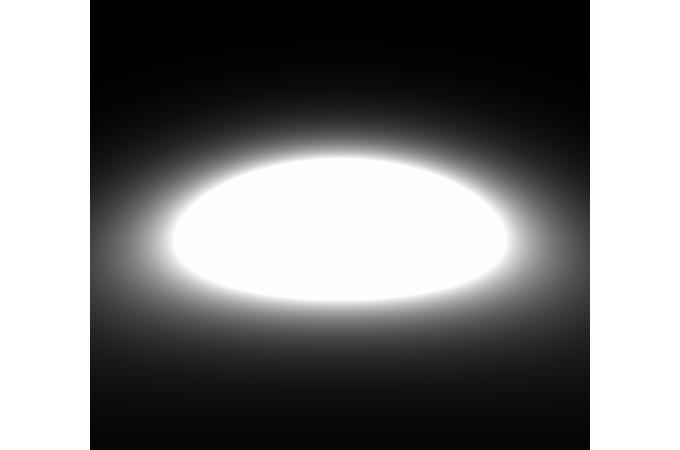
|
| Example 2
This is another simple example showing GalFlex's basic usage in lensing an image. An NxN numpy array is produced, in this case representing a Sersic background galaxy source. An elliptical SIS halo profile is specified, along with the source's relative spatial location. The lensing parameters are calculated, the source lensed, and the resulting image is displayed. |

|
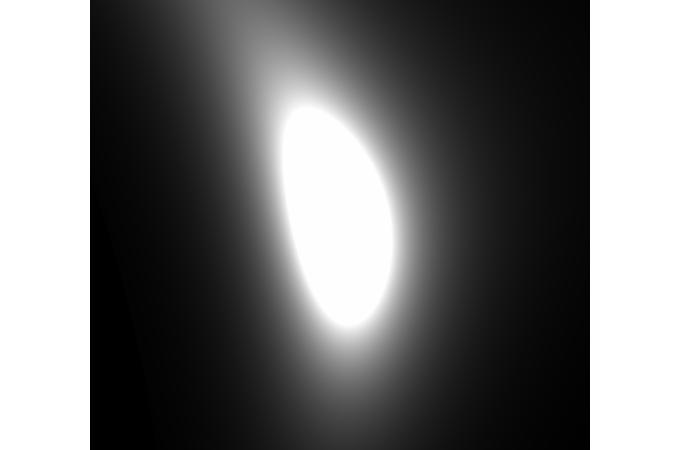
|
| Example 3
This example shows GalFlex's ability to lens multiple input images. A halo profile is specified, along with the sources' relative spatial location. The the lensed images are saved as FITS files. |
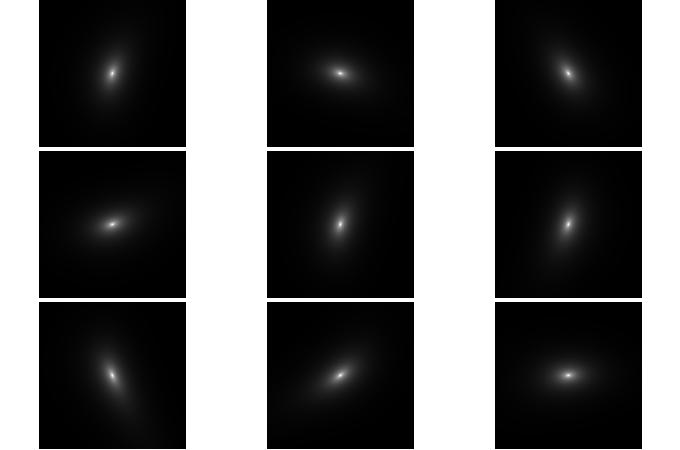
|
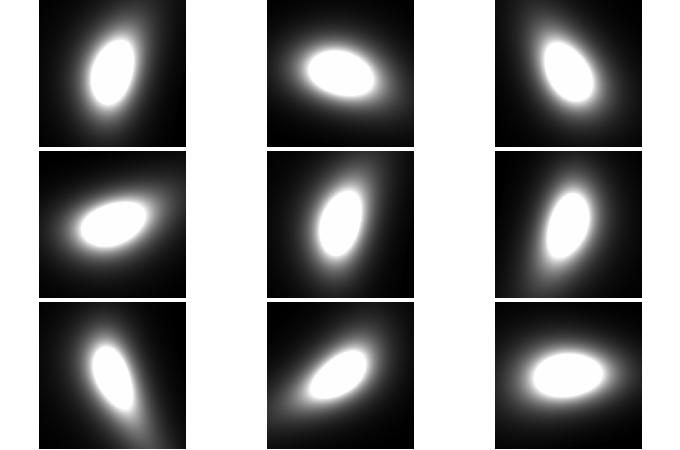
|
| Example 4
This is an example showing the creation of a more elaborate source galaxy profile. An inner bulge is added to an exponential disk, with both exhibiting an axis ratio equal to 'gal_q'. The resulting galaxy is lensed according to parameters specified directly in the lensing function. A simple Gaussian noise is added to the image, with a standard deviation equal to 'sigma'. |

|
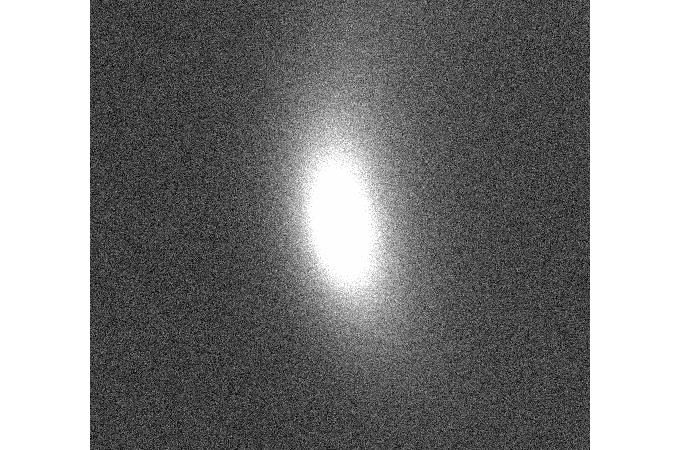
|
| Example 5
This is an example showing the usage of a NFW Halo, with class NFWlens. The procedure now uses physical properties of the lens, such as mass, concentration, and redshift, as well as redshift of the source, to find the lensing strength. This is in opposition to the ellipticalHalo class, which simply takes a given Einstein radius as a scaled lensing strength. |

|
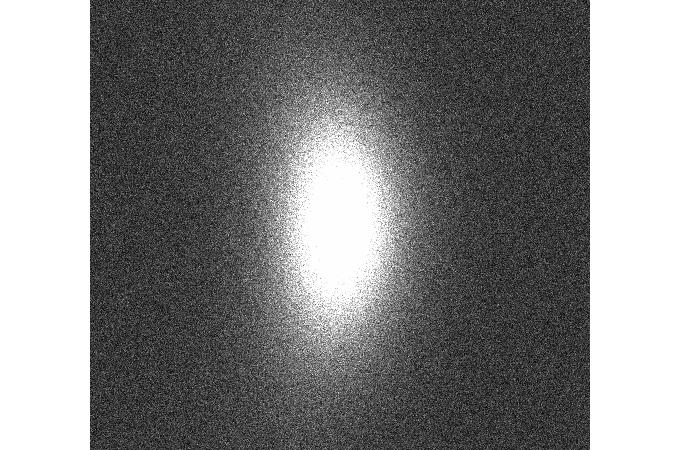
|
| Example 6
This is an example showing the method of integration of GalFlex with the GREAT3 code GalSim. An exponential base galaxy image is produced from GalSim, and drawn to a numpy NxN array with high precision. This is lensed by GalFlex, including 2nd-order flexion terms, and returned to GalSim for further manipulation. |

|
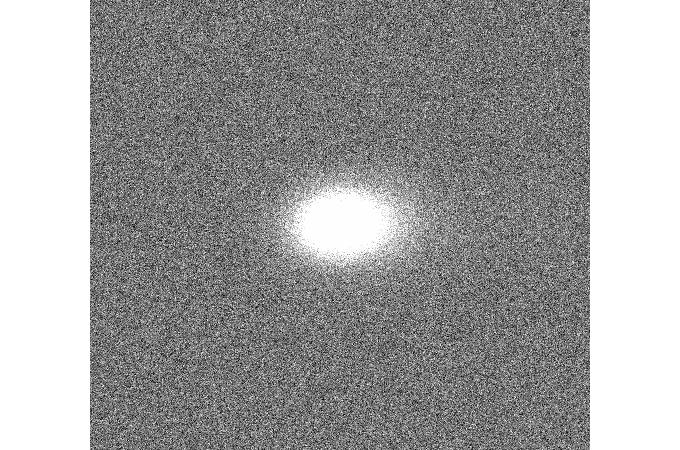
|